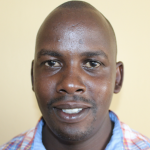The staff and students at Shamakhokho Primary School have access to several water sources, but none of them offer sufficient, safe water. The 416 students at the school expend far too much time and energy trying to reduce the water crisis of the school, but regardless of what they do, there is never enough.
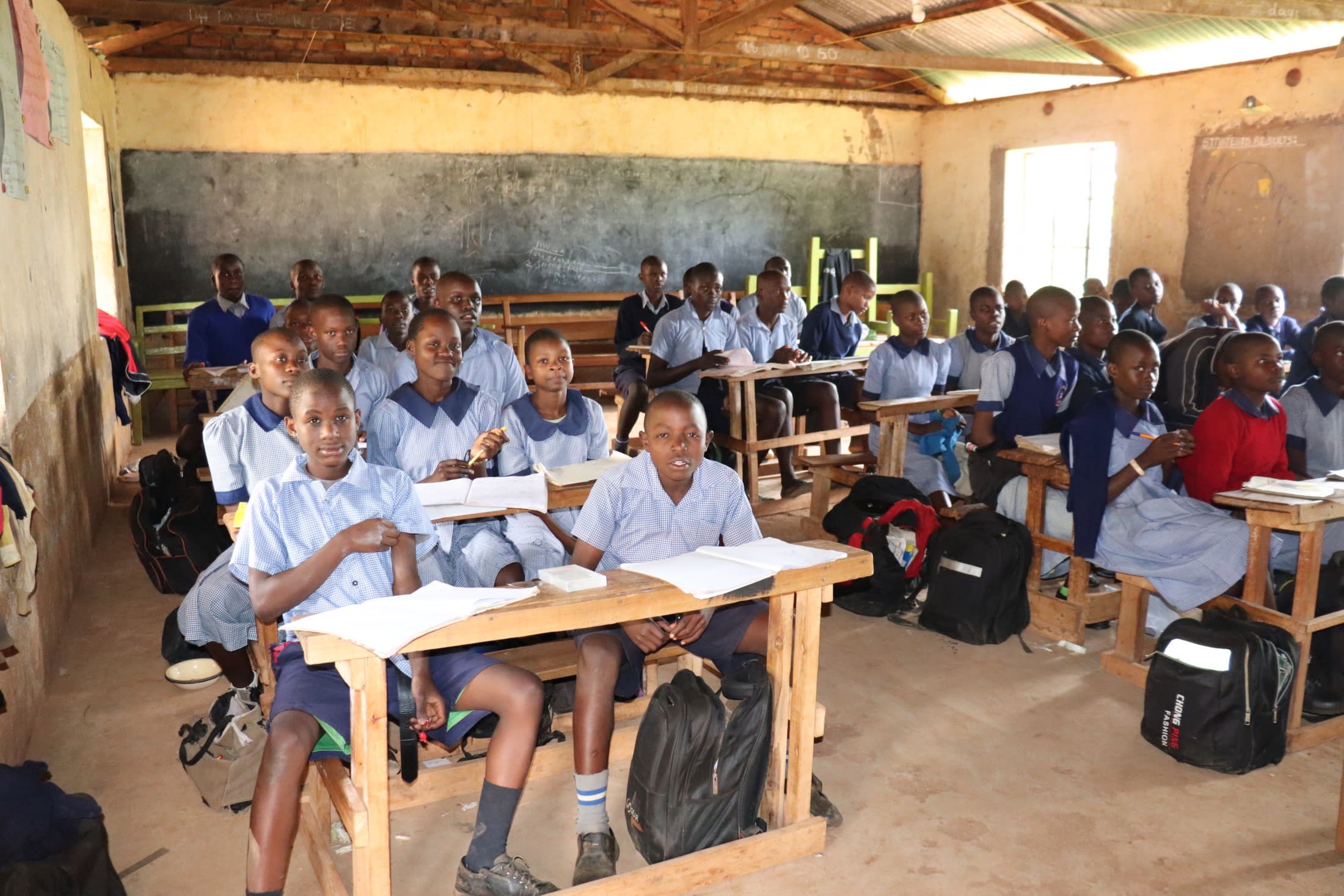
There is a small rain tank on the campus, a partially protected spring, and an open stream near the school, but all of them are unreliable and prone to seasonality, leaving them without much to offer during the dry season.
The tank collects water from rusty roofing sheets, making the water quality questionable, especially for drinking. The tank is also far too small to hold enough water to make a real difference for a school of this size.
The other two sources off the school campus, the spring and the stream, both require a long, hard trip over rough, rocky terrain, leaving students exhausted.

"I have been late to school on several occasions. Even today, I was late because I had to go to the river back at home to fetch water to carry to school. I didn't meet a teacher on duty, which left me with good luck going to class without any punishment," said 12-year-old Bravine O., seen below, standing near the stream.
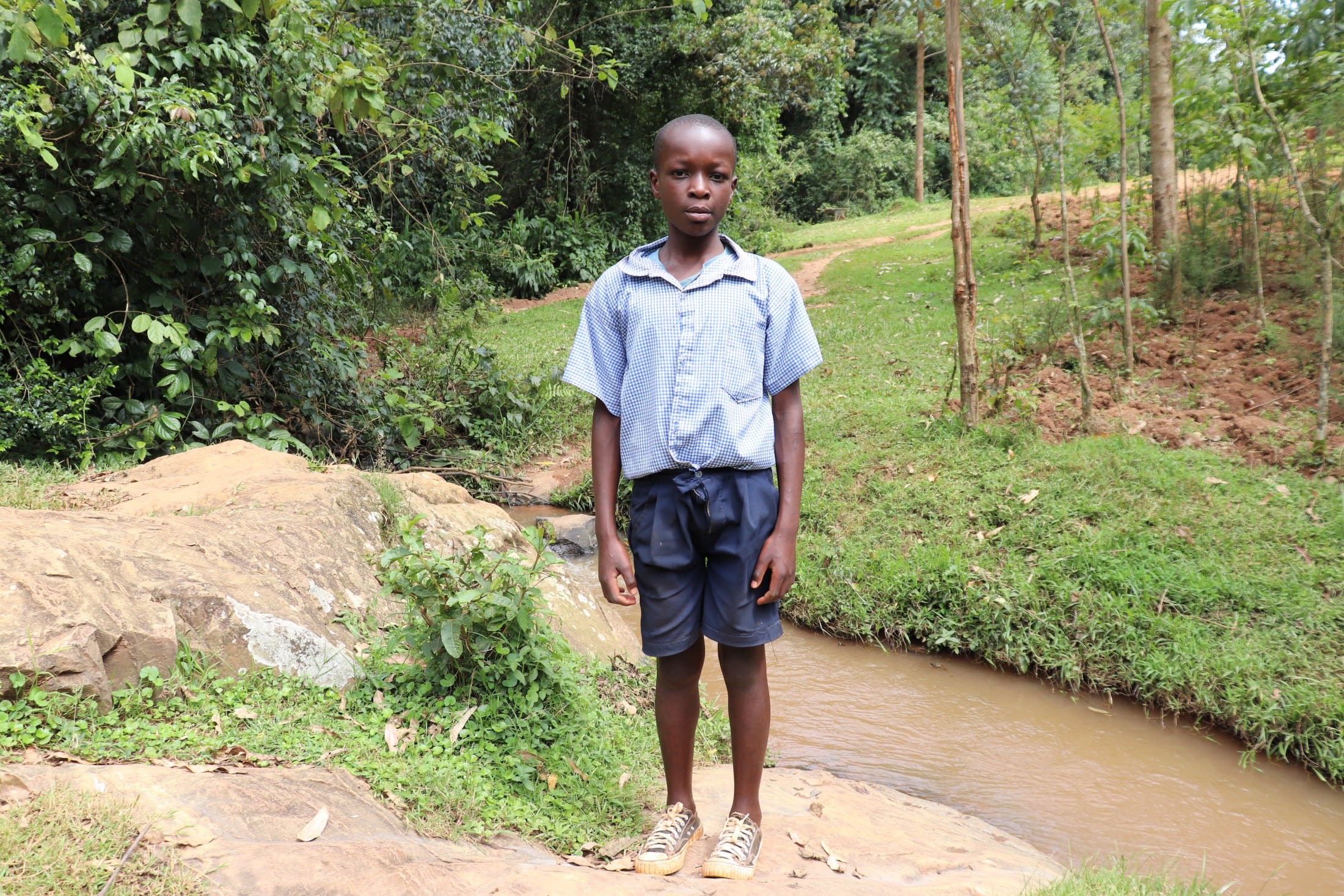
The spring structure does not meet safety standards, there is stagnant water in the collection box, and runoff is settling in the reservoir, most likely contaminating the water's quality.
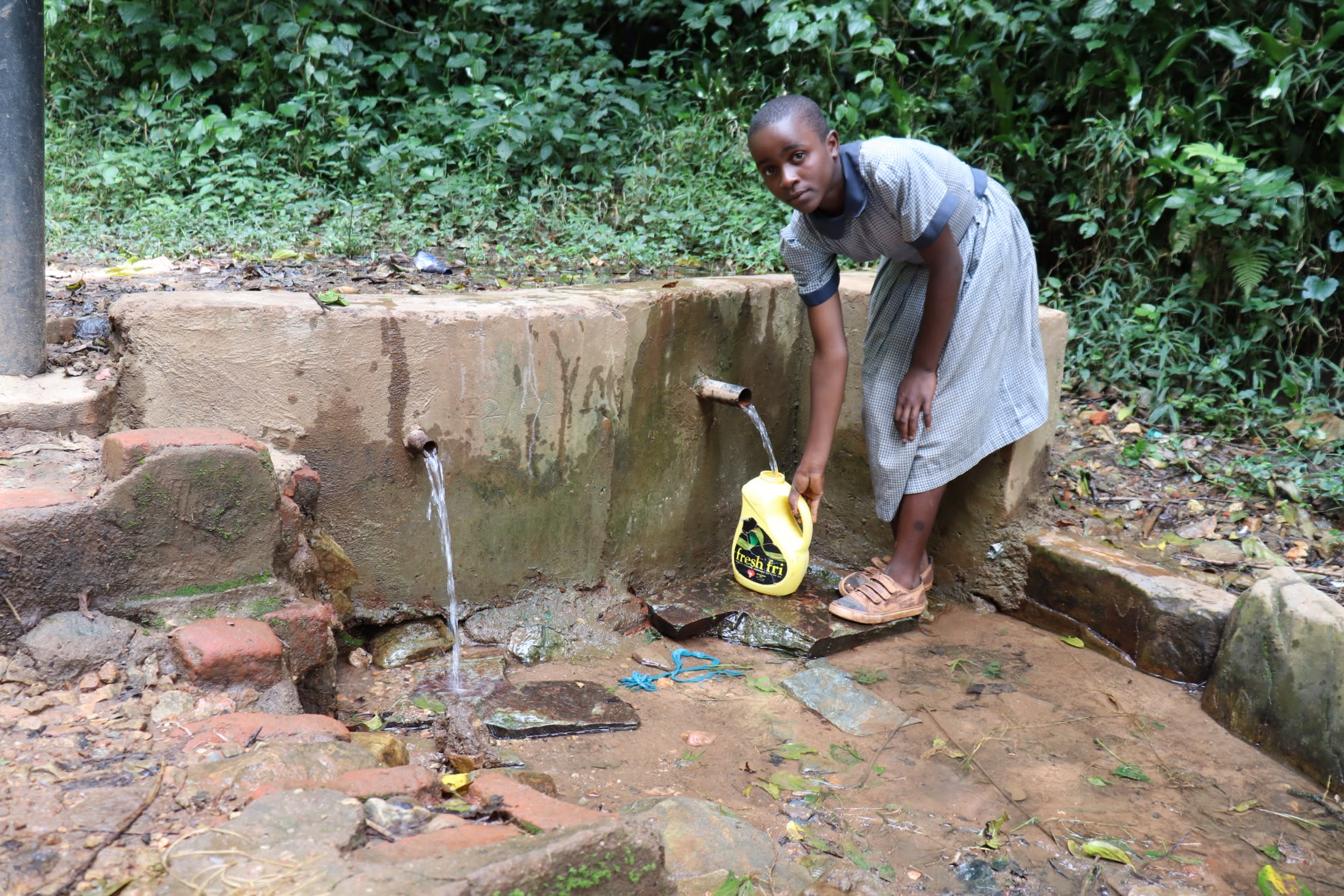
The stream is open to contamination of all kinds, and its muddy water makes it obvious that it should not be consumed, but students have no choice but to collect it anyway.
Stomachaches, diarrhea, and typhoid are commonly reported by those consuming water from all three of the sources.
"Since I was posted to this school, we have been facing a similar water challenge whereby water used in the school [is] from different unknown water sources. The practice affected me personally health-wise until I resorted [to] carrying my boiled water back at home or purchasing [the] bottled purified water for the sake of my health," said 52-year-old deputy headteacher Priscilla Shikali (seen below).
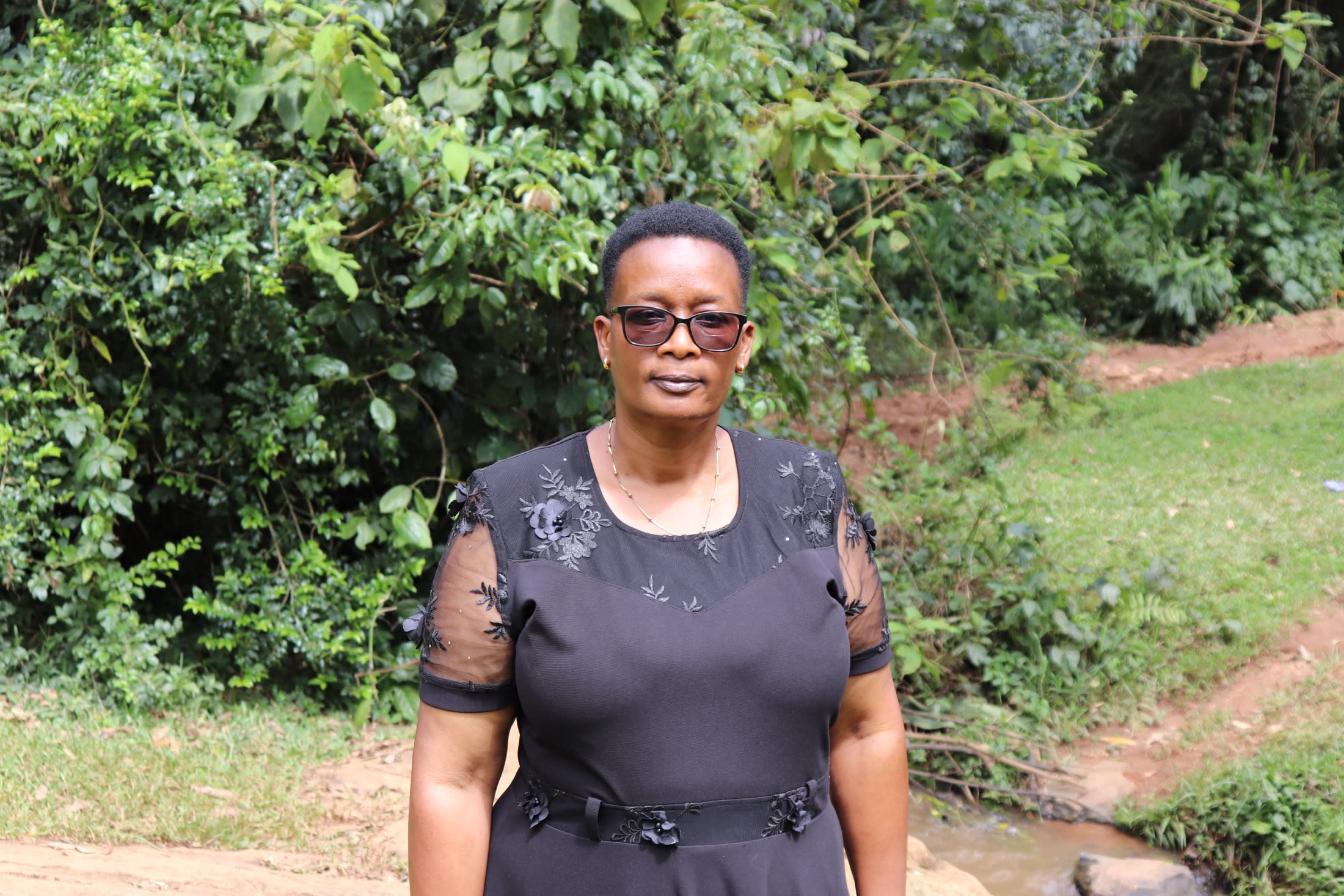
"Unfortunately, after using untreated rainwater from the plastic tank, there was a peeling of [my] nose skin, hence I was taken to hospital where I was given an injection and given tablets which took me about ten days," Bravine said.
The school needs its own easily accessible water source that will provide sufficient water for all of the school's needs and, more importantly, clean drinking water. When the students' hunt for water is over, they should have more time and energy to focus on learning.
What We Can Do:
New Well
We conducted a hydrogeological survey at this school and the results indicated the water table beneath it is an ideal candidate for a borehole well. Due to a borehole well's unique ability to tap into a safe, year-round water column, it will be poised to serve all of the water needs for this school's large population, even through the dry months.
The school will help collect the needed construction materials such as sand, rocks, and water for mixing cement. They will also provide housing and meals for the work team, in addition to providing local laborers. We will complement their materials by providing an expert team of artisans and drilling professionals, tools, hardware, and the hand-pump. Once finished, water from the well will then be used by the school’s students and staff for drinking, handwashing, cooking, cleaning, and much more.
Handwashing Stations
The student health club will oversee the two new handwashing stations we will provide, and make sure they are kept clean and in working condition. The club leaders will fill the handwashing stations with water daily and make sure they are always supplied with a cleaning agent such as soap or ash.
VIP Latrines
We will construct two triple-door latrine blocks using local materials that the school will help gather. Three doors will serve the girls and three doors will serve the boys. All of these new latrines will have cement floors that are designed to be easy to use and to clean. And with a borehole right on school property, there should be enough water to keep them clean.
Training on Health, Hygiene, COVID-19, and More
We will hold a one-day intensive training session with students, teachers, and parents. This training will cover a wide range of topics including COVID-19 symptoms, transmission routes, and prevention; personal and environmental hygiene; and the operation and maintenance of the borehole, latrines, and handwashing stations. There will be a special emphasis on handwashing.
Our team of facilitators will use a variety of methods to train, including participatory hygiene and sanitation transformation, and asset-based community development. We will initiate a student health club, which will prepare students to lead other pupils into healthy habits at school and at home. We will also lead lectures, group discussions, and provide illustrative handouts to teach health topics and ways to promote good hygiene practices within the school including handwashing and water treatment. We will then conduct a series of follow-up trainings before transitioning to our regularly scheduled support visits throughout the year.
We and the school strongly believe that all of these components will work together to improve standards at this school, which will help lead to better student academic performance and will help unlock the opportunity for these students to live better, healthier lives.

 Borehole Well and Hand Pump
Borehole Well and Hand Pump
 Rehabilitation Project
Rehabilitation Project













